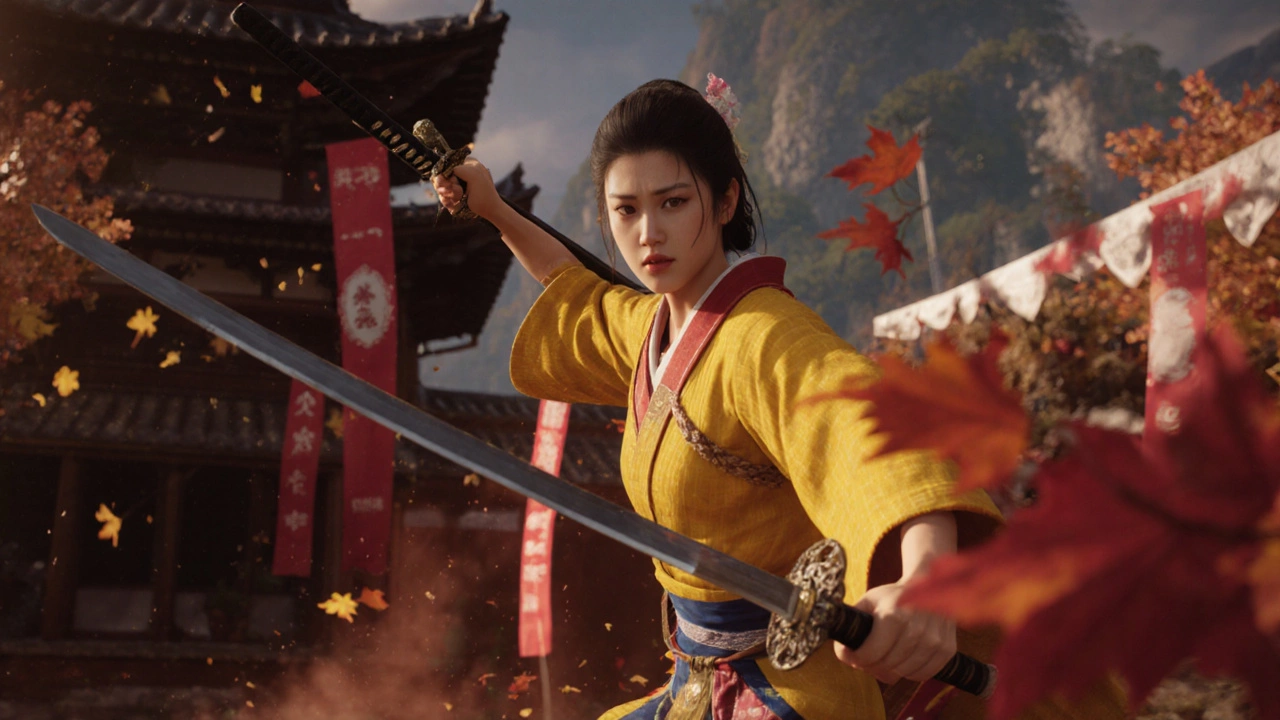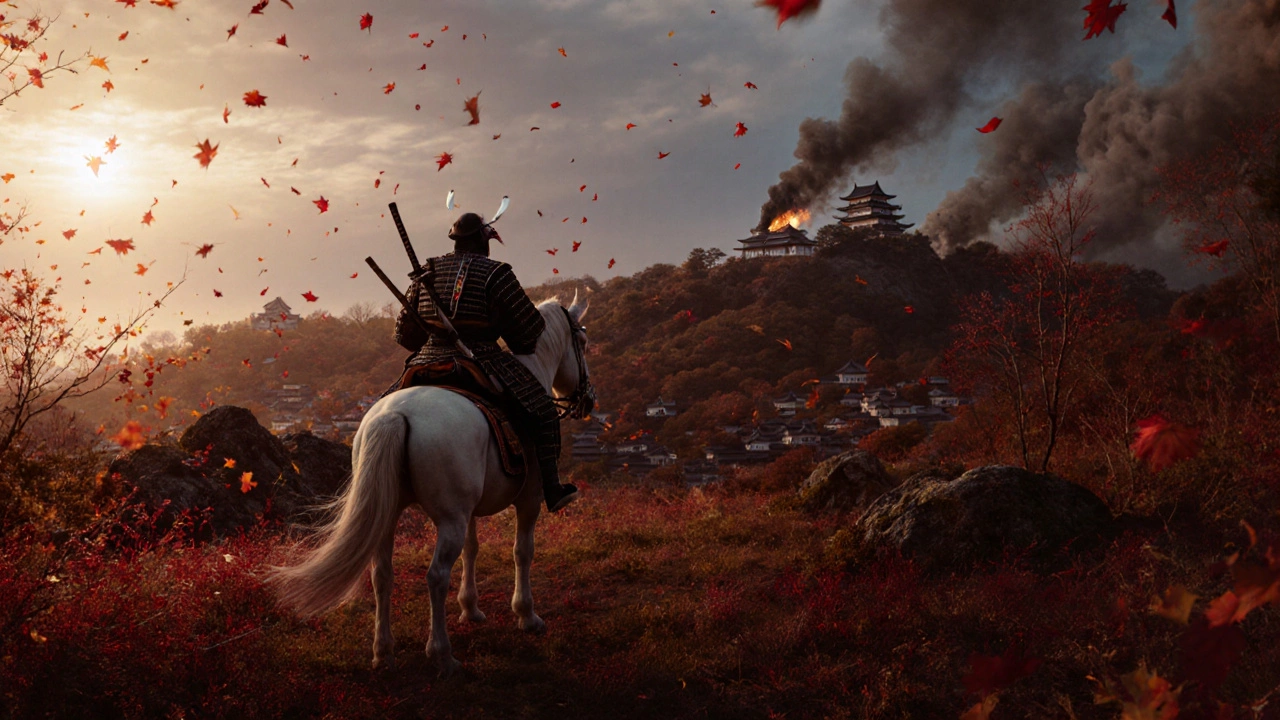
Why the New Title Outshines Its Predecessor
When Ghost of Yōtei launched, reviewers immediately pointed to a higher Metacritic average—87 versus the 83 that Ghost of Tsushima earned. The jump may look modest, but it reflects a broader consensus that the sequel refines almost every aspect of the original. The most noticeable upgrade is the open world itself. Instead of the relatively tight island setting of Tsushima, Yōtei offers a sprawling landscape that feels both lived‑in and organic. Players can tackle missions from the hills, the forests, or the bustling towns, and each route feels viable thanks to a dynamic AI that respects player choice.
- Multiple travel methods – horseback, gliding, and hidden paths
- Dynamic weather that alters enemy behavior
- Side quests that impact the main storyline
- Hidden collectibles that reward exploration
Visuals have also leapt forward. The lighting engine now reacts to time of day, casting long shadows that make sunrise duels feel cinematic. Critics have repeatedly praised the level of detail on foliage, architecture, and even the texture of individual swords. The polish is evident in the smooth frame rates that keep action sequences buttery on the PS5 hardware.
Combat, which felt groundbreaking in Tsushima, has been streamlined further. Block, parry, and counter‑attack timings are tighter, and new combo breakers let players adapt on the fly. The addition of a “stance‑swap” mechanic means you can switch between swift, light attacks and heavy, crushing blows without breaking flow.

Critical Reception, Market Position, and What It Means for Sucker Punch
On OpenCritic, the game tallies an 89 average from 66 reviews, a clear step up from the 84 that Tsushima managed despite a larger pool of 197 critiques. Reviewers uniformly commend the protagonist, Atsu, for bringing a fresh voice to the series. While Jin Sakai’s quiet determination anchored the first game, Atsu’s more outspoken personality and distinct fighting style give returning fans a reason to stay invested without feeling like they’re replaying the same story.
The only recurring critique centers on pacing. Some reviewers felt the narrative slows during extended exploration phases, momentarily diluting the urgency that defined the earlier title. Even so, these glitches are described as “minor” and don’t outweigh the overall experience.
From a business standpoint, positioning Ghost of Yōtei as 2025’s best PlayStation 5 exclusive is bold, especially when the console’s library includes heavyweight releases from other studios. Yet the strong scores suggest the game will capture a sizable share of the attention market, reinforcing Sucker Punch’s reputation for delivering high‑quality, narrative‑driven action.
Budget-wise, the studio reportedly worked with a comparable financial envelope to Tsushima, meaning the upside in critical acclaim translates directly into a healthier profit margin. It signals that careful iteration—focused on world‑building, visual fidelity, and refined mechanics—can outweigh the need for massive spending.
Ultimately, the success of Ghost of Yōtei showcases how a well‑executed sequel can honor its roots while expanding the playground for players. As 2025’s release slate continues to swell, the title stands out as a benchmark for what next‑gen exclusive games can achieve when they blend artistic ambition with solid game design.